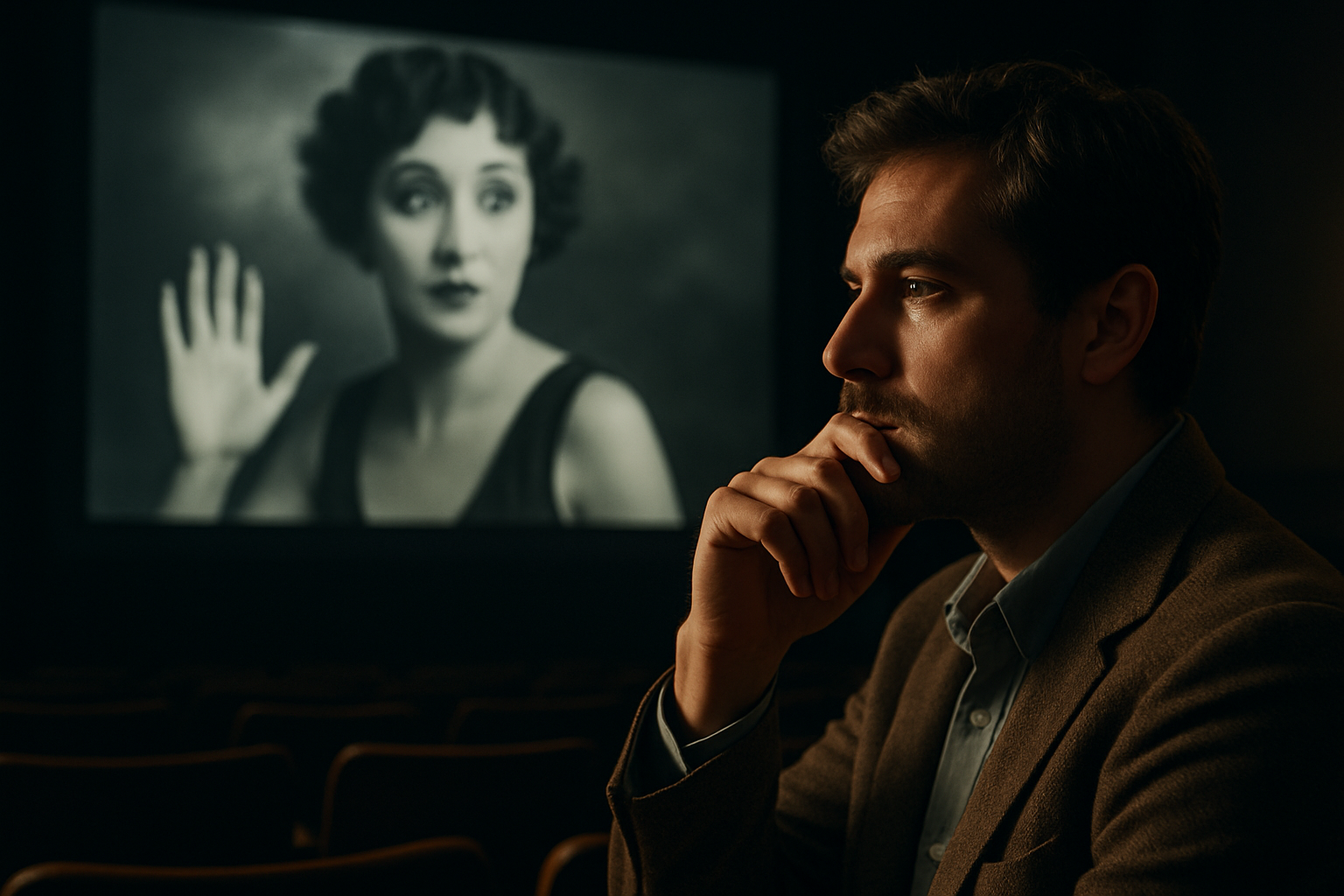Olfactory Cinema: The Scented Future of Filmmaking
In an era where visual and auditory experiences dominate the film industry, a revolutionary sensory dimension is quietly emerging. Olfactory cinema, the integration of scent into the movie-watching experience, is poised to transform how we engage with storytelling on the big screen. This innovative approach promises to elevate audience immersion to unprecedented levels, offering a multi-sensory journey that extends far beyond traditional sight and sound.

Modern Technology Meets Aromatic Artistry
Today’s olfactory cinema leverages cutting-edge technology to create a more seamless and sophisticated scent delivery system. Advanced diffusers, capable of releasing precise combinations of aromas at exact moments, are being integrated into theater seats. These systems can produce a wide range of scents, from the subtle aroma of a spring meadow to the complex bouquet of a bustling kitchen. The technology allows for rapid scent changes, ensuring that odors don’t linger and interfere with subsequent scenes.
Crafting the Scent Script
Just as sound designers and composers create audio landscapes for films, a new role is emerging in the film industry: the scent designer. These olfactory artists work closely with directors and screenwriters to develop a scent script that complements and enhances the narrative. They must consider not only which scents to use but also their intensity, duration, and how they interact with the visual and auditory elements of the film. This process adds an entirely new layer to the art of storytelling, allowing filmmakers to evoke emotions and memories in ways previously unimaginable.
The Psychology of Scent in Storytelling
The inclusion of scent in cinema taps into the powerful connection between smell and memory. The olfactory bulb, which processes smell, is part of the brain’s limbic system, which is closely associated with memory and feeling. By carefully curating scents to accompany visual scenes, filmmakers can create more vivid and lasting impressions on their audience. A whiff of pine might transport viewers to a forest setting, while the scent of gunpowder could heighten the tension in an action sequence. This sensory addition has the potential to make film experiences more immersive and emotionally resonant than ever before.
Challenges and Considerations in Olfactory Cinema
While the potential of scented cinema is exciting, it’s not without its challenges. Creating a universally appealing scent palette is difficult, as smell preferences can vary widely among individuals and cultures. There are also concerns about allergies and sensitivities that must be addressed to ensure the safety and comfort of all audience members. Additionally, the cost of implementing scent technology in theaters is significant, which may limit its initial adoption to premium cinema experiences. As the technology evolves, however, these hurdles are gradually being overcome, paving the way for wider implementation.
The Future Landscape of Multi-Sensory Entertainment
As olfactory cinema continues to develop, it opens up new possibilities for interactive and personalized movie experiences. Future iterations might allow viewers to customize their scent profiles or even participate in scent-based narrative choices. The technology also has potential applications beyond traditional cinema, such as in virtual reality experiences, theme park attractions, and educational environments. As audiences increasingly seek out immersive and unique entertainment options, olfactory cinema stands poised to offer a truly revolutionary way to experience stories.





